
Welcome back to our Science of Reading deep-dive. In part one, we opened the door to understanding the research behind the Science of Reading. In part two, we examined the recommendations for classroom practice, and in part three and part four, we brainstormed how to work these changes into our own classrooms right now.
Today we’re going to take one final step: advocating for change beyond our classroom walls to bring this important research to colleagues, administrators, and caregivers.
If you’ve been with me for a while, you know I don’t hesitate to speak my mind. This is especially true when it comes to advocating for my students! Whether it is to my fellow teachers or student caregivers, fiercely advocating for the students under my care is something I do not take lightly. I won’t deny that it is scary or intimidating at times, but along the way I’ve picked up a trick or two to help me with this important work.
As your virtual teammate, I’m here to share these ideas with you! While I can’t join you in person, I hope these ideas and resources will help prepare you for these (sometimes) tricky conversations.
Share the Research with Your Colleagues
If you’re this far into the series with me, I think it’s safe to say we all want to bring this research and these practices into our classrooms. But what if it’s not currently common knowledge or a priority at our schools and districts?
My first suggestion is to reach out and talk with your colleagues or reading specialists in your school or district. Maybe you are noticing similar trends in your students’ reading progress. Perhaps someone else has also heard about the Science of Reading and is interested in learning more. By putting out feelers with trusted colleagues, you can open the door to further conversation. In fact, you just may be able to grow together in your learning and support each other in the process. With like-minded peers, so much is possible! You can:
- Create a book study and learn with a group of colleagues
- Seek out online trainings or resources to learn more about SoR practices
- Work together to plan and share ideas
- Integrate the Science of Reading aligned strategies into your current curriculum and practices
Speak with Your Administration
While reaching out to our admin teams can feel nerve-wracking, it is one of the most important steps to accomplish change at a school (or district!) wide level. You may find support within your school or district to reconsider current practices around reading instruction. Or, perhaps there is a school improvement plan goal that SoR can link to.
Bring on the Data
Big changes almost always come down to the data. Lucky for us, there is so much data available on the Science of Reading.
- The Institute for Multi-Sensory Education has published a clear, comprehensive overview of the Science of Reading. This is a great place to start if you’re looking for talking points about the components of Science Reading and what this looks like in the classroom.
- The National Reading Panel Report continues to be the gold standard in recommendations for best practices in reading instruction. This report is huge and comprehensive, so looking ahead at relevent sections or recomendations is helpful.
- Multiple sources demonstrate progress in schools districts and states that have implemented the practices aligned with the Science of reading. Districts and states that have trained teachers and shifted curricula have seen improvements in their reading across all demographics. This is particularly impactful to demonstrate that these practices support all students, regardless of social-economic status, race, or disabilities.
- Ed Reports is an independent, unbiased non-profit organization that provides extremely thorough reviews of curricula across all subject areas. Led by a diverse group of teachers, administrators, and professionals, Ed Reports has created rigorous rubrics and standards to analyze the effectiveness and quality of current curricula. EdWeek recently published EdReport’s reviews of two popular reading curricula. These resources can be great tools to share with administrators to discuss the current curriculum used at your school. It can also be a helpful reference as schools consider future curriculum changes.
- The Reading League has created a Curriculum Evaluation Tool to help schools and teachers take a closer look at current reading curriculum and practices. This handy checklist helps us see the big picture and pinpoint areas where we may need additional support.
Anecdotal Observations
Our own observations and student data also play a huge role in advocating for change. It makes a strong statement to be able to share:
- Student reading scores and progress
- Strategies that have successfully supported students
- Areas your students are still struggling
- Strategies that you’ve tried (successful or not)
Connecting outside data and research to the students in our school is so impactful for moving the conversation forward. After all, as teachers and administrators, we are on the same team when it comes to supporting student progress in our schools and classrooms.
Educate Caregivers
Let’s not forget about another ally in this work: caregivers! Caregivers are perhaps the most invested parties in their children’s learning. And so often, they are looking for concrete ways to support their children both inside and outside of school.
On the student level, we can share the specifics about what we’re teaching and why we’re teaching. By sharing phonics skills and progressions that students are working on, we can arm caregivers with the knowledge and tools they need to support this work outside of the classroom.
Beyond supporting their own children outside of school, caregivers have the ability to help advocate for change at the school or district level. Caregiver influence is different than that of teachers, and is considered differently at each administrative level. When caregivers know and understand how certain teaching practices may be helping or hindering their children’s learning, they want to address it and advocate for meaningful change. By bringing more perspectives into the conversation, we increase the likelihood that change will be considered at the district level. As the saying goes, it takes a village!
Find Your Learning Community
If you are in a school or district where you do not feel safe or comfortable discussing these topics with colleagues and administrators please know that I see you and I have been in your shoes! And, most importantly, you are not alone. As we know, teachers are some of the most creative people out there so of course teachers around the globe have found ways to learn with outside of their schools and districts through various support groups across all different platforms.
There are a number of Facebook groups, both local and national, that are centered on bringing teachers together to discuss and practice the Science of Reading. The Reading League is one of my favorites and a great place to start! This non-profit is organized by educators and reading experts across the country. They provide professional development and resource lists and books (for teachers and caregivers!) who want to learn more about the Science of Reading. Perhaps the best part? The Reading League also has a number of local chapters that are doing the work on the ground. Through these groups, you may be able to connect with other teachers or find local trainings that can help you feel supported and empowered in your SoR journey.
I have LOVED sharing this series with you and am so sad to see it come to an end! Have more Science of Reading topics you were hoping to discuss? Let us know in the comments and keep checking back here for new posts each week!

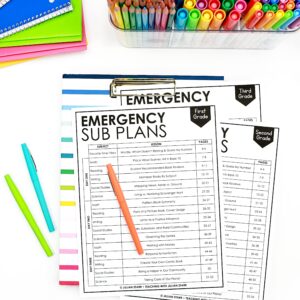

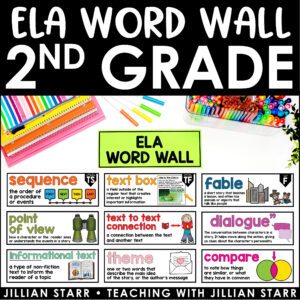
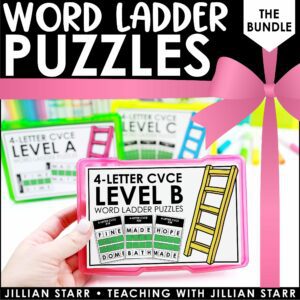
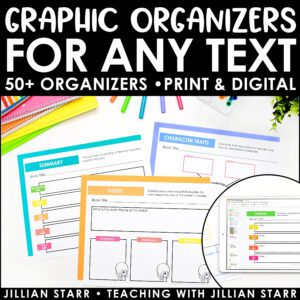
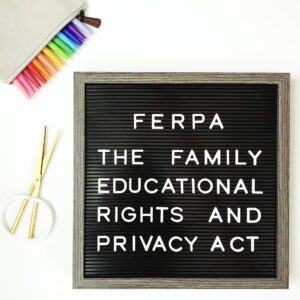
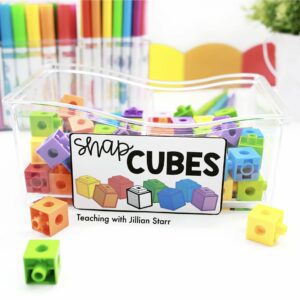
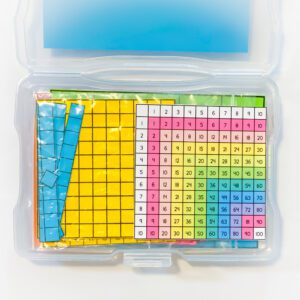


Leave a Comment